Ruby Engagement Rings
and
Wedding Bands
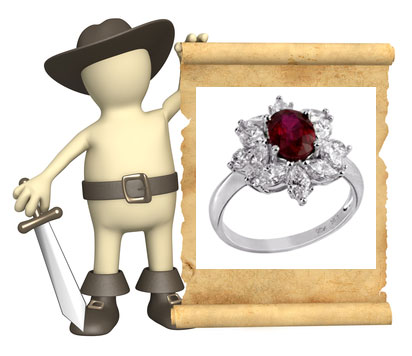
Ruby engagement rings and wedding bands feature a gemstone treasured for its outstanding durability, high degree of brilliance and fire, rarity, and stunning beauty.
That being said, it takes a savvy shopper to find ruby rings which hold a quality ruby gemstone - the good news is that you can use the helpful information below, including special care for ruby rings, types of rubies to avoid and extra shopping tips, to find the ruby wedding ring of your dreams.
And if you have any questions about ruby engagement rings, just use the handy comment box at the end of the page to send in your questions, reviews or to share pics of your stunning ruby ring!
Ruby Fast Fun Facts!
July Birthstone
Durability: Excellent
Meaning: Passion and guidance
Flash Factor: Good
Special Care: Some for enhanced stones
Price $$: High
Availability: Moderate to Rare
Ruby Properties
Durability = Excellent
Hardness = 9.0
Refractive Index = 1.762 – 1.770
Specific Gravity = 4.00
Rubies and sapphires are a form of mineral known as Corundum. The
difference between rubies and sapphires is color – rubies are red, and
corundum that is all other colors (except for the pink-orange color
gemstones labeled as Padparadscha) are sapphires.
Meaning of the Ruby
The ruby has always been the gemstone of intense passion, but the ruby is also believed to imbue the wearer with guidance, knowledge, and the ability to make the right decisions. It is a gemstone associated with inspiration and awareness as it ‘guides’ the wearer towards the path they need to take in their life.
For couples interested in ruby engagement rings or ruby wedding bands, this gemstone - which symbolizes long lasting passion and affection - is a poignant symbol of a loving lifelong relationship.
The ruby is the classic birthstone of the month of December and the modern birthstone for the month of July.
Ruby Enhancements
Rubies are usually enhanced in some form to improve the color and
overall appearance of the gemstones. But some enhancements
affect the value, quality and durability of ruby gemstones - and some
enhanced gems should be avoided in every day wear ruby engagement rings
and wedding bands.
The most common enhancement of ruby gemstones is to heat the stones to improve their color and appearance. This type of enhancement is labeled as E or H, it has an excellent stability rating, and ruby gemstones which receive heat enhancements do not require any special type of care. This type of enhancement affects the value of the stone only slightly.
Another common enhancement is to fill the surface of the ruby, with foreign material - such as lead glass - to smooth the surface and reduce fractures. This type of enhancement, labeled as F, has a stability rating of very good to fair. Gemstones which receive this treatment require special care such as avoidance of heat, ultrasonic cleaning methods, and extreme pressure. Fill enhancements can dramatically decrease the overall value of the ruby gemstone.
Top Ruby
Wedding Ring Picks
by Gemvara!
Palladium and Diamond
Ruby Engagement Ring
(matching band available)
'Savannah' Platinum Emerald-Cut Ruby Engagement Ring
(matching band available)
'Alhambra Knot' Men's Ruby Wedding Band in Platinum
Vintage-Style Ruby and Diamond Palladium Engagement Ring
(matching band available)
Platinum Diamond and Ruby Flower Engagement Ring (matching band available)
'Take Two' 18k and Platinum Ruby and Diamond Men's Wedding Band
Other treatments such as dyeing the stone to improve color, labeled as D, and irradiating the stone to change the color, labeled as R, have a very poor stability rating, dramatically decrease the overall value of the stone, and require special care such as avoiding exposure to household chemicals, ultrasonic cleaning, heat, and extreme pressure. These stones should not be cut or polished again or they will lose the treatment color.
- It is best to avoid ruby engagement and wedding rings made with rubies that are labeled as D or R gemstones.
Rubies labeled with a U have undergone a rare enhancement process known as surface diffusion to increase the red color of the stone. This type of enhancement has a good stability rating, but ruby gemstones which undergo surface diffusion require special care such as avoiding household chemicals and ultrasonic cleanings. This type of enhancement has a moderate affect on the overall value of the stone.
White Gold Ruby Engagement Rings
Any ruby white gold ring will need to be periodically re-plated with rhodium, and wedding rings usually require a new rhodium plate every one to two years. The rhodium plate process though can harm rubies that have received enhancements - and may eventually lead to fractures or chipping in rubies that have significant inner inclusions.
For the ruby engagement rings and wedding bands, it really is best to stick with platinum, palladium, 18k or 14k yellow and rose gold, or even silver metals. If you do decide to go with a ruby white gold ring, make sure the ruby has not received any enhancements that could pose a risk to the ruby during the rhodium plate process.
Ruby Price Guide
The average price of a ruby gemstone is $1,000 per carat, but the
cost of ruby wedding rings can change
dramatically according to the quality of the rubies in the rings and the
rubies' color, cut, carat, and clarity qualities.
Ruby Color
Color is the most important of the 4C’s for ruby gemstones. Highly desirable rubies are a blood red color with brilliant secondary purple flashes - and the color is consistent throughout the stone.
Rubies which are too light in color, or which have a color that is too saturated in red and that are difficult to see through, are undesirable.
Ruby Carat
Because larger natural rubies are quite rare, carat also has a very big effect of the overall price of a ruby. A quality ruby that is over
one carat can cost anywhere from $3,000 to $250,000 per carat.
Ruby Cut
Rubies that have a quality cut and display a high degree of brilliance and fire are also priced higher than stones which have an average or commercial cut. Quality cuts for rubies will also maximize the rubies' clarity and depth and minimize the visual effects of any inclusions.
Ruby Clarity
Clarity is the last of the 4C’s which have an effect of the price of rubies. Most rubies contain natural inclusions, and even synthetic rubies have fake inclusions so they will look more ruby-like.
Large inclusions that are extremely noticeable will impact the value of the gemstone, but smaller inclusions do not have much of an effect on the ruby's overall price.
Blemishes - outside defects on the stone which mar the overall clarity and look of the stone like small chips - are highly undesirable and will drastically decrease the value of the stone.
A ring with a Burmese ruby features the most precious of all
rubies, and these rings are often priced much higher than rings which hold
rubies from other areas.
What if you are on a tight budget? Consider lab created synthetic rubies which have the same exact physical properties as real natural rubies - just make sure you are looking for synthetic rubies and not simulant rubies (simulants look like their natural counterparts but do not have the same physical properties).
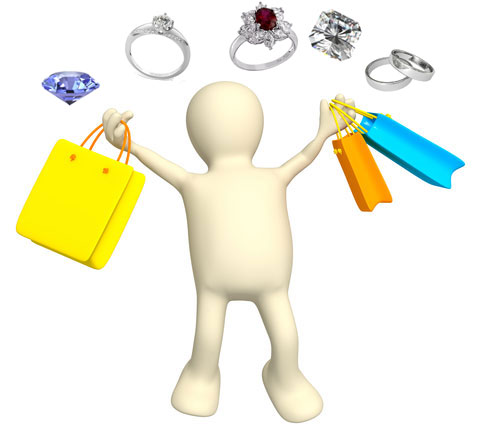
Shopping Tips for Ruby Engagement Rings and Wedding Bands
Begin by shopping for ruby engagement rings with retailers who specialize in gemstone engagement rings and wedding bands. And retailers who offer a no-nonsense refund policy with their jewelry pieces.
- EWR's number one recommendation for high quality and ethical ruby wedding rings is Gemvara.
To be 100% sure that you have purchased a quality ruby wedding ring, particularly if you have paid for a large carat ring, it is best to have the ring checked by a professional independent laboratory or a certified gemstone appraiser.
Keep in mind that rubies are red, in fact the name ruby comes
from the Latin word ‘ruber’ which means red. Any gemstones sold as
rubies that are a light pink color, or any type of pink color, are not
true rubies.
The most desirable rubies are a deep red color, almost like a
blood red, feature a quality cut, and have a good clarity rating. A small amount of inclusions (tiny impurities within the gemstone) are
acceptable but blemishes (any mark on the outside of the gemstone) are
not.
Ask the seller about any type of enhancements the ruby in the ring has undergone. Keep in mind that heat treated enhancements are very common, and unless otherwise specified it should be assumed that the stone has received this type of treatment. Other types of treatments are less desirable and will affect the value of the stone. (An independent assessment by a certified gemologist can confirm if the gemstone has undergone treatments).
Synthetic rubies are on the market, and these ruby gemstones are often labeled as laboratory created or laboratory grown rubies. But, some unscrupulous sellers do not reveal that their rubies are actually synthetics. Again, an independent evaluation and a refund policy can protect you if you have stumbled upon synthetic ruby gemstones without your knowledge.
If you see quality ruby engagement rings that are made with rubies that have an excellent clarity rating, good color, and large carat size for an affordable price, chances are that you are buying a stone that has been heavily treated with enhancements or which is synthetic. Remember, quality ruby gemstones are at least on average $1,000 per carat, and many stones exceed that price by tens of thousands of dollars. The old saying "if it seems too good to be true it probably is" definitely applies here!
Ruby and diamond rings should come with diamonds that have a certificate from a reputable laboratory like the GIA, AGS, EGL or IGI. If you are buying an antique ruby ring, the ring should come with an appraisal and/or certificate of authentication. (Mounted diamonds cannot go through the certification process, so vintage, estate and antique ruby diamond rings generally will not come with a diamond certification).
The very best with your search for stunning ruby engagement rings, and use the comment section below if you have any questions, comments, reviews or would like to share pics of your ring with future visitors!
Questions or Comments?
Do you have comments or questions about ruby engagement rings and ruby wedding bands?
Send in your comments and questions, or share pics of your ravishing ruby wedding rings here!
I will post answers to your questions as soon as possible!
Comments and questions from EWR visitors
Click on the links to see comments and answered questions...
Crack Mark on Ruby Stone 




There is fine crack mark on a ruby gemstone, it is a visible line that can be seen on the stone. Can you please tell me whether it's a good stone or not. …
Cracked Ruby in Ring? Not rated yet
We recently ordered a ruby ring, and upon receiving it I noticed what I think is a fracture right through the centre of the ruby. The jeweller removed …
Return from Ruby Engagement Rings to Gemstone Engagement Rings
or
Return to Everything Wedding Rings Home
Recommended & Trusted Jewelers
Our Advertisement Policy
Adin Fine Antique Jewelry
Use Code=Everything-Wedding-Rings
For a 5% Discount
More Top Ruby Engagement
and Wedding Ring Picks by Gemvara!
Princess-Cut Ruby and Diamond Platinum Engagement Ring (matching band available)
'Isabella' Palladium and 18k Gold Ruby and Diamond Engagement Ring
(matching band available)
Diamond and Ruby Claddagh Engagement Ring in Palladium (matching band available)
Pear-Cut Ruby and Diamond Platinum Engagement Ring (matching band available)
'Kira' Contemporary Style Oval-Cut Ruby and Diamond Platinum Ring
(matching band available)
'Written in the Stars' Ruby and Diamond Platinum Wedding Band
'Embrace' Ruby Palladium Engagement Ring (matching band available)
'Arya' Antique-Style Ruby and Diamond
Palladium Wedding Ring

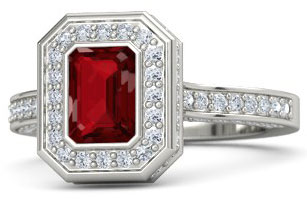



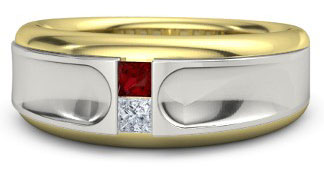
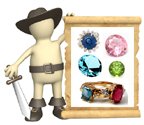
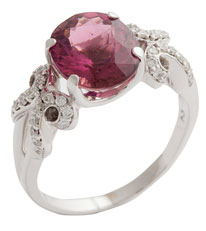
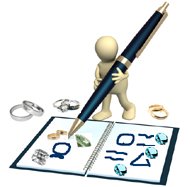
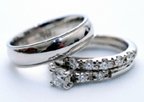
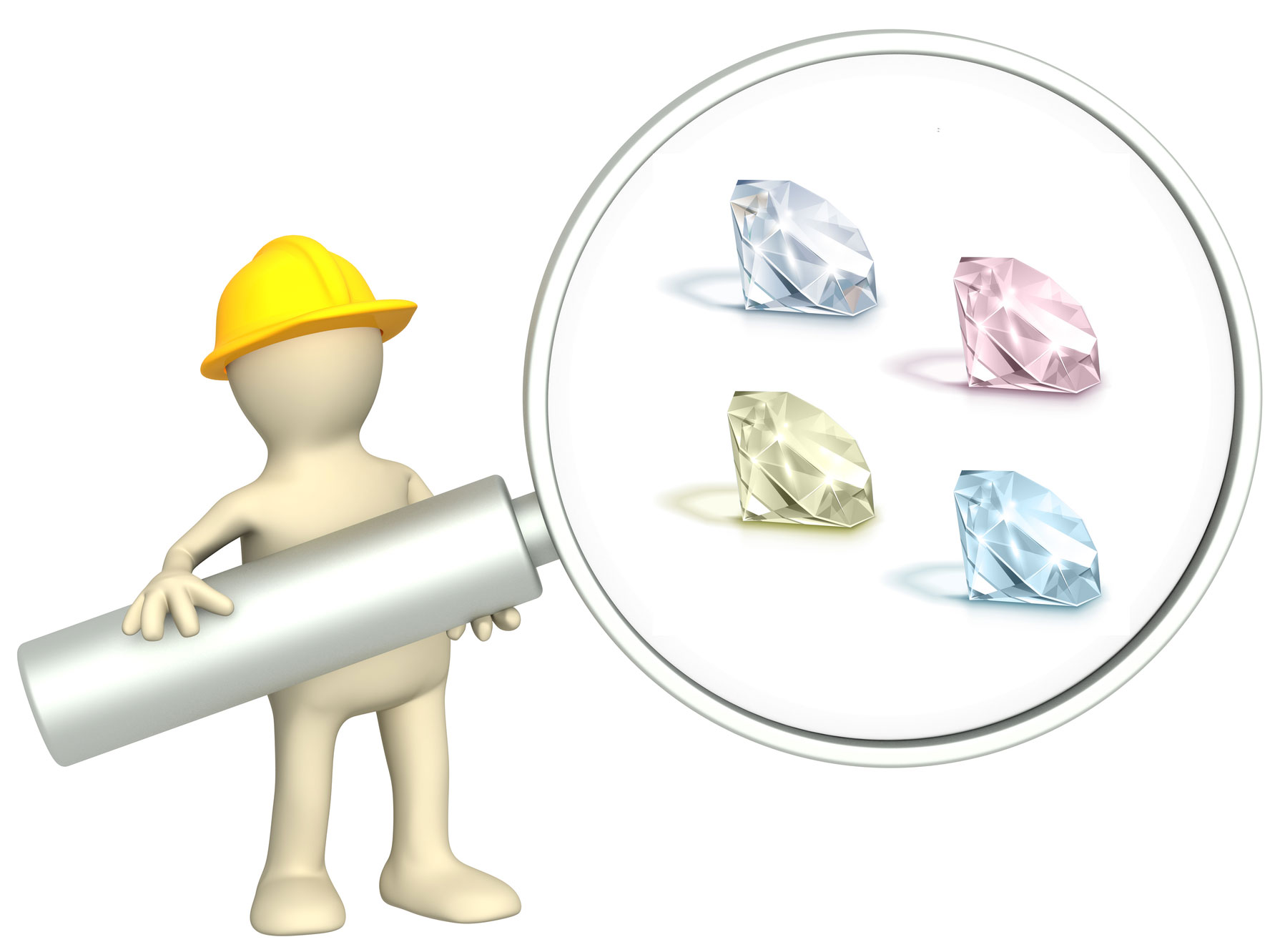
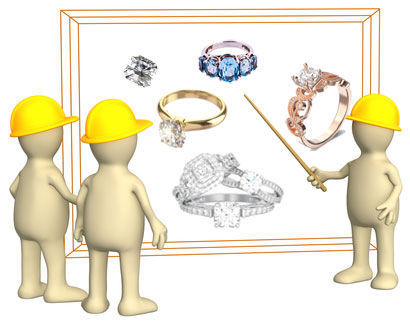
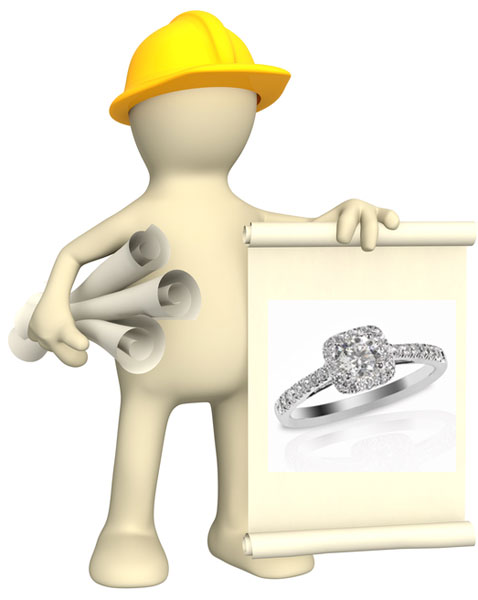
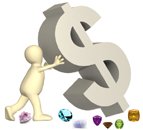
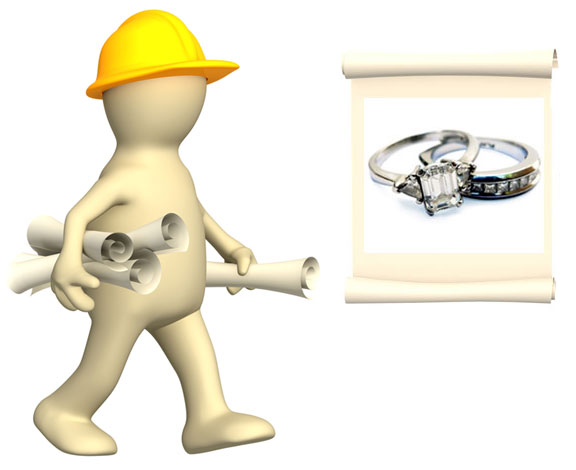
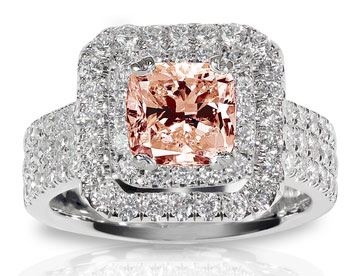
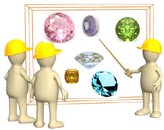
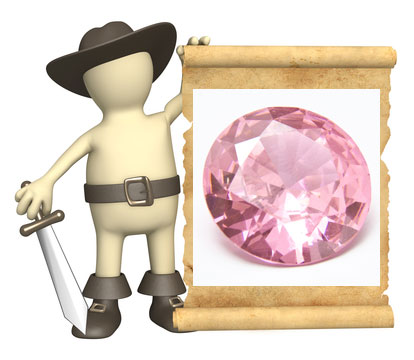
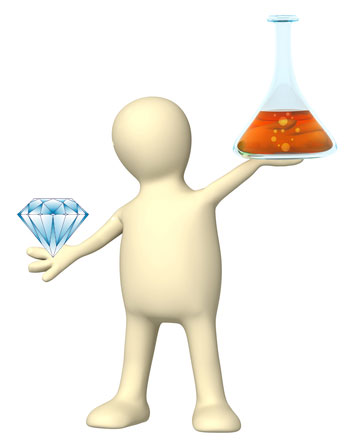
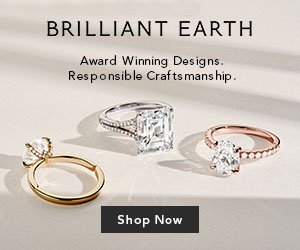
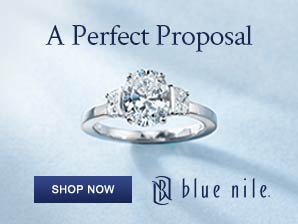
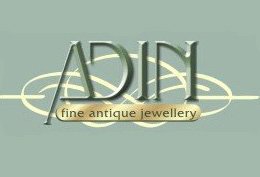
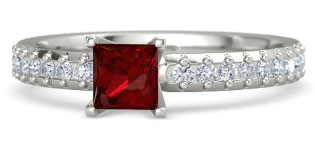
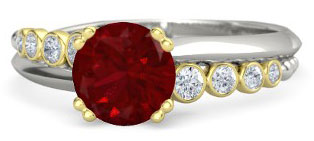
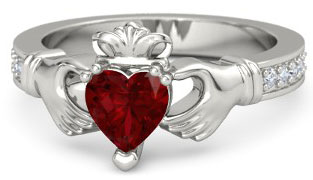
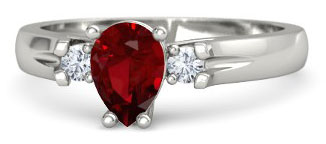
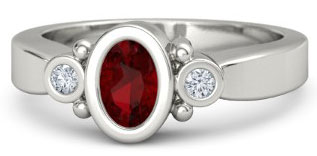
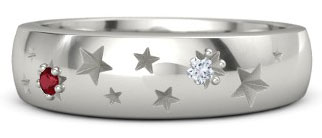
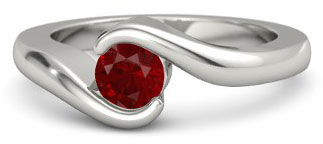
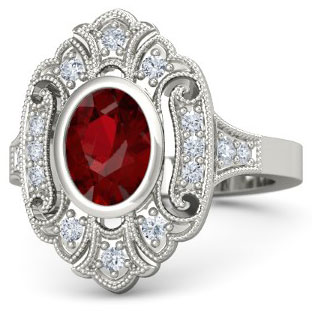
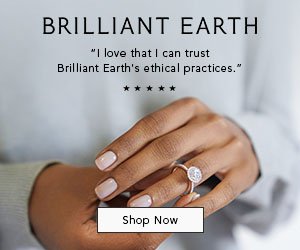
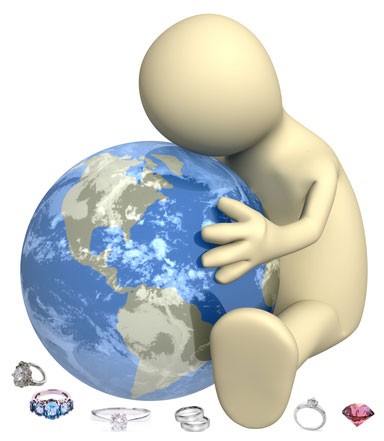



New! Comments
Share your comments below!